Your Cart is Empty

January 08, 2020 4 min read
Badminton appears to be an individual sport but there's a lot of teamwork involved, regardless of whether you're playing singles or doubles. Obviously more so in doubles but when you get to those higher levels in singles, the singles player typically has a team of people around them too so they can continue performing at such a high level. But today, we're going to focus on doubles, the most relevant team event to most badminton players and we'll talk about court chemistry specifically.
If you've read some of my other blog posts, you must be thinking, "Jee, all Henry writes about is maths and science". I promise this is a badminton post, so read on!
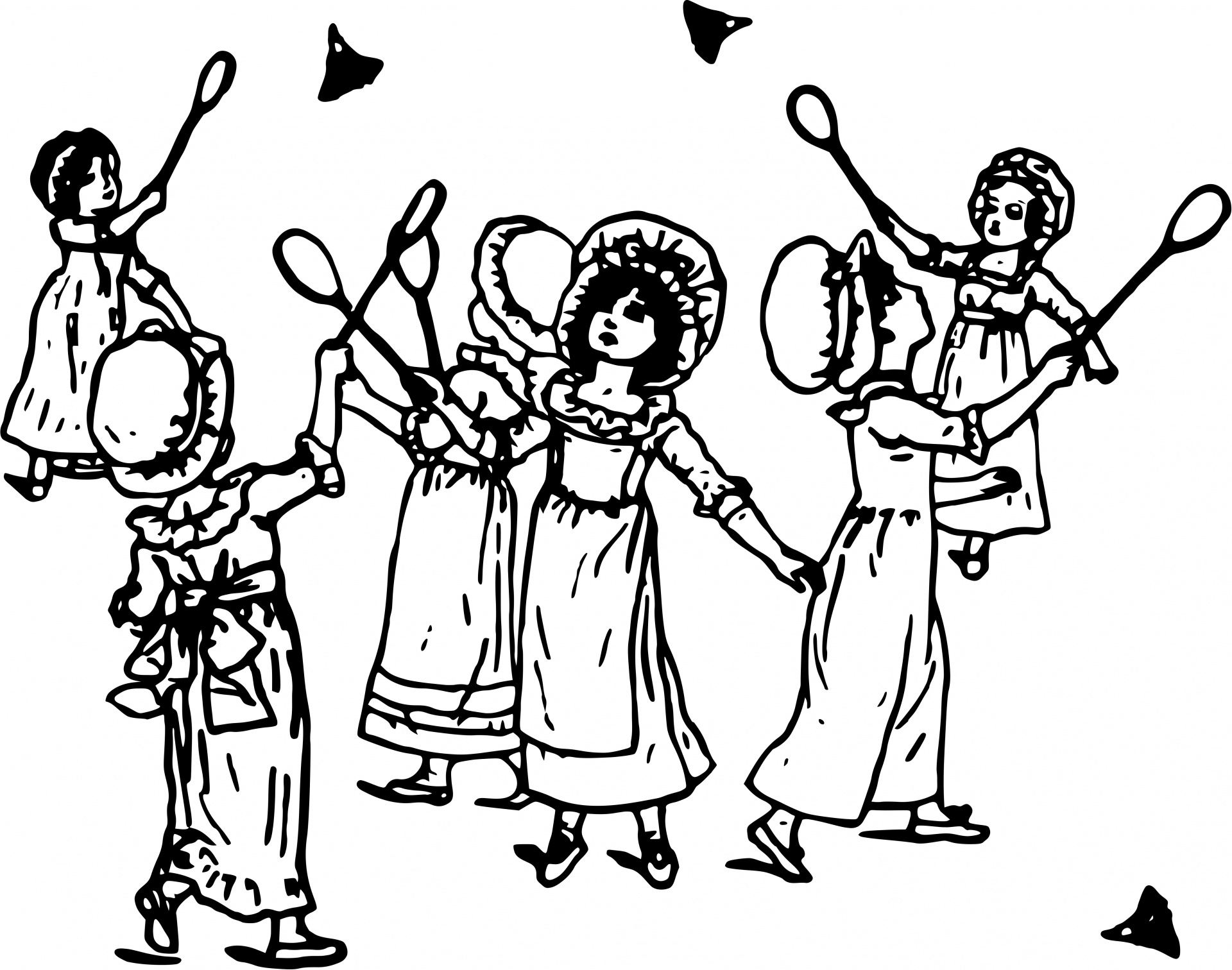
Court Chemistry.
What's that? Well, have you found yourself on court to play doubles one day only to realise you and your partner suck? And it's neither person's fault, it just doesn't work. Truthfully speaking, I was inspired to write this post because of my recent attempts to play with my co-founder Jeff, which didn't turn out the way we had imagined! While there was a bit more than court chemistry playing a role in our performance (mostly the subconscious pressures that I placed on myself while playing with him), it inspired me to talk about court chemistry as it's not something commonly discussed among players.

Some of you may be fairly early in your badminton journey and you're still discovering the type of player you naturally fall into or want to become, so court chemistry can be a bit of a challenge to imagine. Think of the question above, are there certain people that you play with that when you play, it's uncomfortable or you just can't seem to win? And despite both of you being good badminton players individually, for some reason you're both losing to players you have no reason to lose to! Equally, have you stepped on court to play with someone and for some reason you two play really well together? Can you put your finger on it?
That's court chemistry and it can go both ways of course. I've spent a while thinking about it lately and there's a couple of key things that I think determine your court chemistry, some of which are more obvious than others.
1. Player Type Combination
I believe this to be the simple and most obvious reason why some players play well with each other and some just don't. While I can't go through all the types of players and variations in between those, I'll talk about two examples:
The front-court player and the back-court player. It's simple really. In doubles, some players prefer playing in the front and some prefer playing in the back and you'll usually be playing to your strengths or avoiding your weaknesses. I, for example, prefer playing at the front of the court mostly because I'm not very powerful and find myself able to win points when I'm at the front more than when I'm at the back. Hence, when I'm playing, I have a preference for defending and getting myself to the net. If I step on court with someone who is powerful and preferentially prefers being at the back of the court, then we're likely to play fairly well together. Remember, you don't always know this, especially when you're playing social badminton and jumping on court with unfamiliar people.
Similar to my first thought is the strength/weakness difference between you and your doubles partner. While we could use the example of being strong front-court vs. strong back-court, I want to talk differently here for a moment and more in general. There are certain players that LOVE a fast game and I'm sure you know some of those players out there. It seems that all they want to do is break the shuttlecock and badminton racquet. They essentially have one gear. If this player only wants speed and has a sub-par game otherwise, once their opponents mix the speed up, they crumble. Pair them with someone who is great at controlling and varying the speed of the game and now you have a dynamic duo!
2. Player Character
Bear with me while I explain this for a moment. I came up with this idea when thinking back to a podcast conversation we had with Badminton Becky and my recent performance with Jeff. While it's probably not a new idea and someone may call it something else, here are my thoughts. Badminton or sport exposes you. In our podcast, we talked about how Becky had developed a relationship with a badminton player in China who was just as reliable in person as he was on court. In essence, his on court badminton was very similar to his off-court behaviour/character.
For those of you interested in the podcast, click here or below!
I actually thought of this reason as player structure because when I first thought of it, I was thinking about how structured Jeff is on court and in life and how I am rather unstructured and I've seen this play out on court. Without making it sound like I have no idea (which sometimes I don't), I don't adhere to all the rules of the game (and life) and you'll often find me with ridiculous movements or shot choices. Part of that is because I haven't really been trained very well on court positioning or rotating and the other part is just my creativity and free-spirit taking over. Regardless, what that means for a player who is structured like Jeff is that what they're typically expecting of their doubles partner is not seen and they'll find themselves caught out because they don't know how to respond.
For those of you who are just venturing into the badminton world, it's okay if it doesn't quite make sense to you. For those of you who understand it and are playing a bit of doubles, then have a think about the points above if you want to have a strong pairing or especially if you're considering playing tournaments in the future. On court chemistry can really elevate your game, so finding a doubles partner that complements your skill set will give you the best chance of taking home a trophy!
Henry is an ex-state badminton player who represented South Australia as well as Melbourne University. He remains an avid badminton player in the social scenes of Melbourne. His passion for all things badminton lead him to be a co-founder of Volant Wear.
Comments will be approved before showing up.
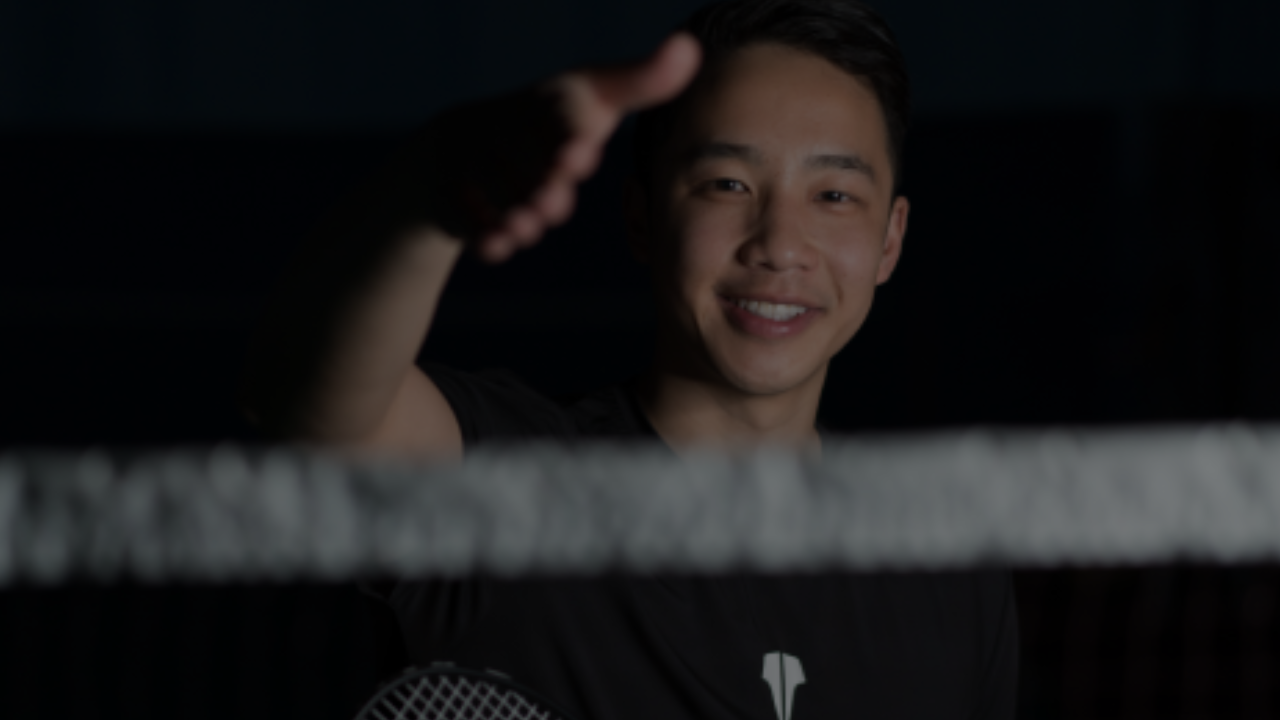
August 20, 2025 2 min read
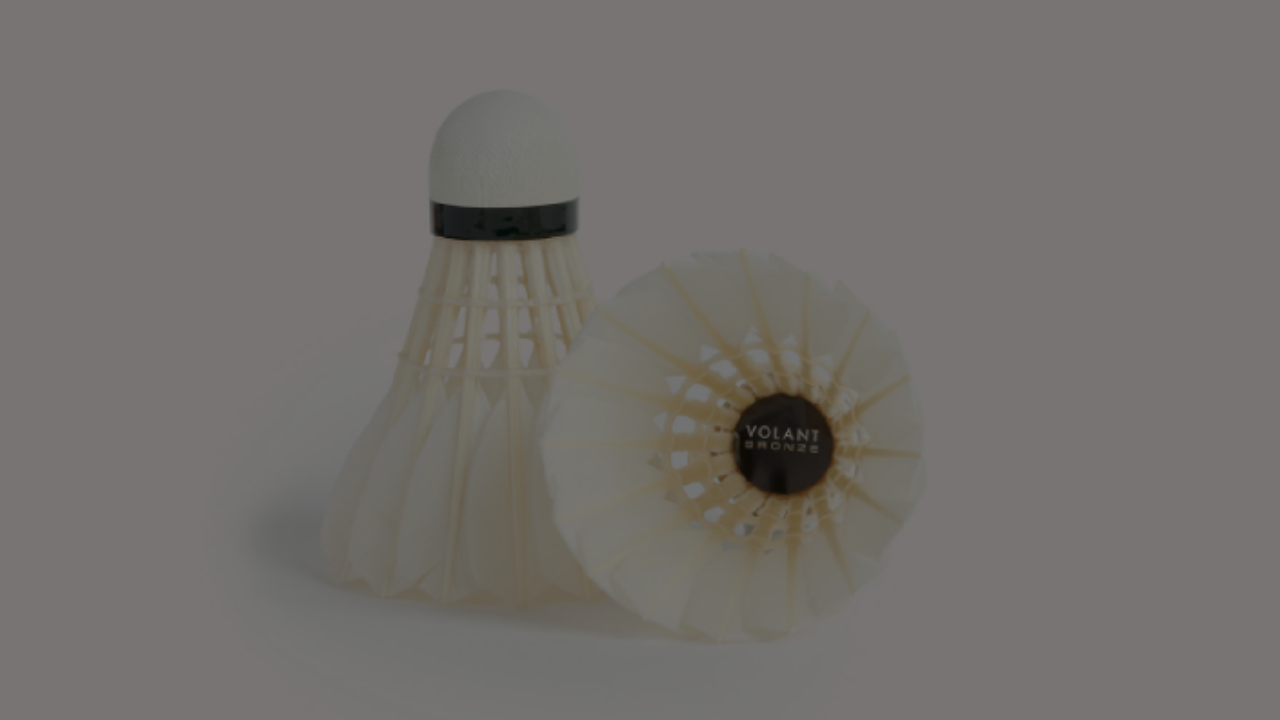
July 17, 2025 2 min read
Shuttlecocks aren’t cheap, and replacing them constantly stings the wallet. With a little care, though, you can stretch their lifespan and keep your game flying high. Whether you’re using feather or nylon, here’s how to make them last—plus why Volant Badminton’s options are worth your shot.
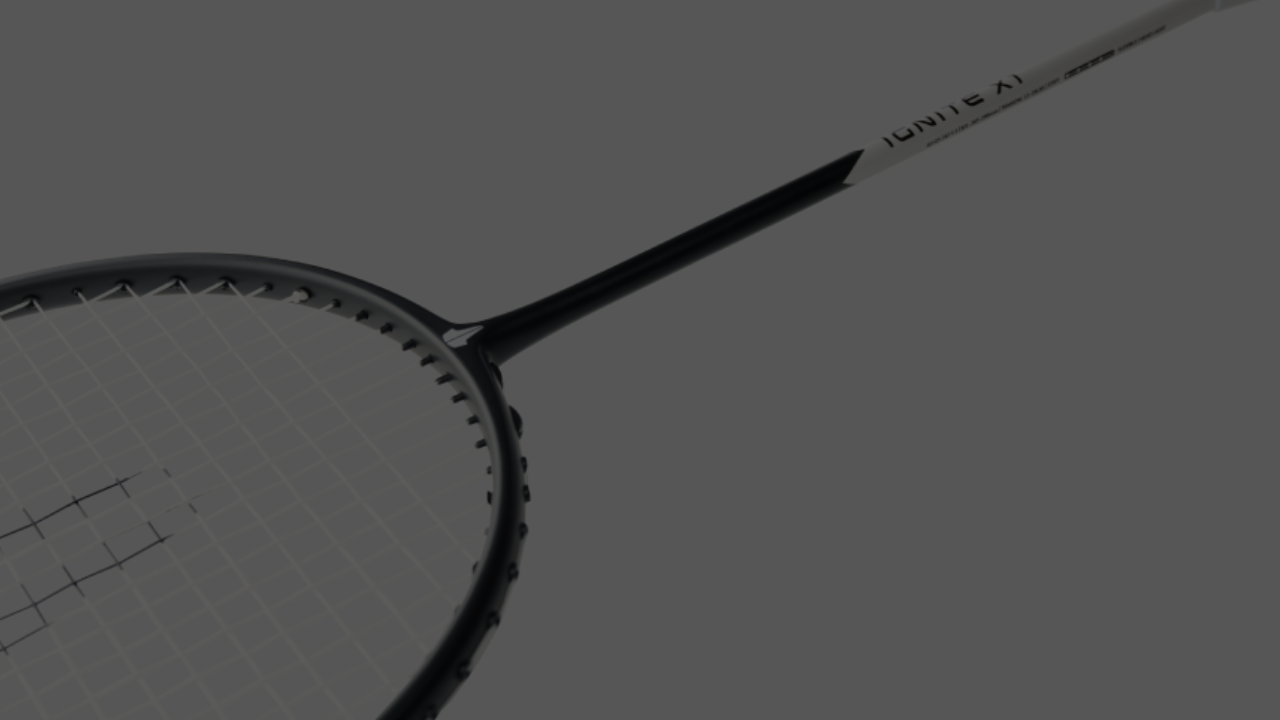
June 25, 2025 2 min read
Strings wear out—it’s a fact of badminton life. Slack, frayed, or snapped strings kill your shots, so knowing when to restring keeps you sharp. How often depends on your play, and here’s how to figure it out—plus why Volant Badminton’s gear makes it easy.
Be the first to know when a new blog post comes out!
Curated articles, tips and advice, tailored to the sport of badminton.
Sign up and enjoy 10% off your first order.
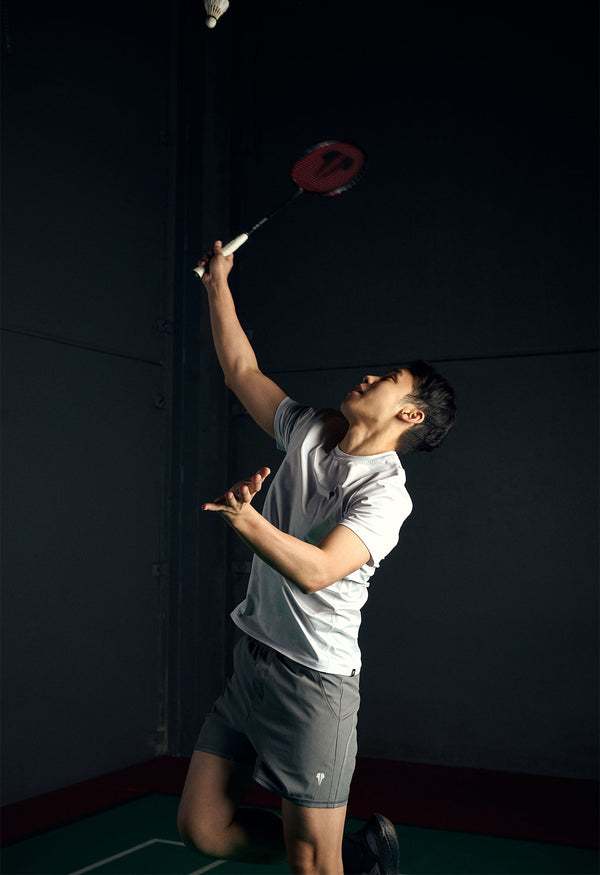
Join the Volant Community and improve your game!
*Discount code excludes shuttlecocks